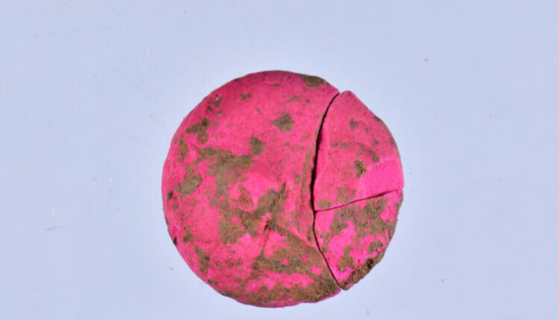
Archaeologists have unearthed ancient cosmetic remnants, including makeup used by Roman women over 2000 years ago, as reported by Metro magazine.
These findings emerged from the remains of a 2000-year-old market near the well-preserved Zeus Temple in Anatolia. The site, extensively excavated since its rediscovery in 1998, revealed 10 different hues of ancient Roman makeup pigments, predominantly red and pink shades. The discoveries also encompassed jewelry, perfume bottles, and various cosmetic artifacts.
According to Metro, researchers additionally stumbled upon diverse beads associated with items like hairpins and necklaces commonly used by women.
Gokhan Coskun, an archaeologist at Dumlupinar University and leader of the excavation team, affirmed to local media that the uncovered remnants indeed constituted cosmetic materials used by Roman women. He expressed excitement over finding makeup pigments resembling modern-day blush and eyeshadows.
The unearthed samples, mainly sized at 1 or 2 millimeters, provided a glimpse into the cosmetic practices of ancient Roman society. Shells were also prevalent in the excavation site, likely associated with the storage or application of cosmetic products.
This ancient site, located 35 miles from Kutahya, witnessed its prime during the second and third centuries AD, evolving into the “episcopal center in the Byzantine era,” according to the Turkish Ministry of Culture and Tourism.
Recent excavations around the Zeus Temple revealed multiple settlement levels dating back to 3000 BCE. Annexed by the Roman Empire in 133 BCE, the site experienced a revival in 1824 when European travelers rediscovered its historical significance.
Between 1970 and 2011, the German Archaeological Institute uncovered a multitude of structures, including a theater, stadium, public baths, sports hall, bridges, a commercial building, tombs, and a sacred cave for worship.
Since 2011, Turkish archaeologists have continued their exploration of this ancient site, unraveling the layers of history embedded within its grounds.
Leave a Reply